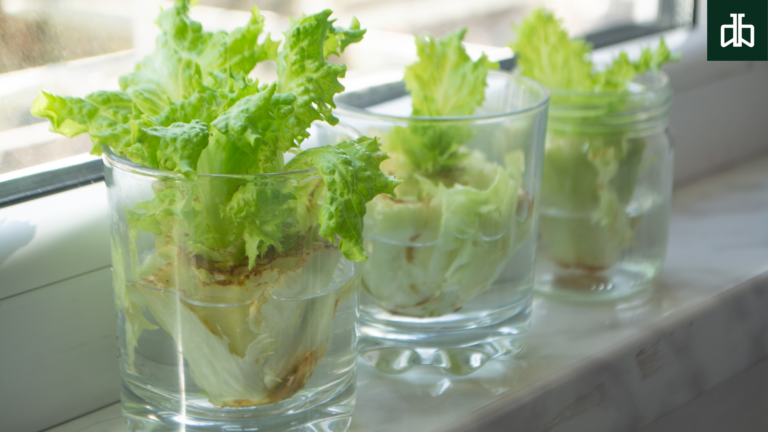In the journey towards sustainability, the concept of zero waste has emerged as a guiding principle, encouraging individuals to minimize their environmental footprint and maximize resource efficiency. At the heart of zero waste practices lies the art of regenerative gardening, where kitchen scraps are transformed into flourishing plants, embodying the ethos of reuse and regeneration. But can you truly regrow anything from scraps? Let’s explore the transformative potential of zero waste gardening and the abundance that can be cultivated from what was once considered waste.
Understanding the Zero Waste Philosophy
Zero waste is not just about reducing the amount of trash sent to landfills; it’s a holistic approach to living that seeks to eliminate waste at its source. It’s about reimagining our relationship with resources, recognizing the value in what others may discard, and finding creative solutions to minimize waste generation. Regenerative gardening aligns perfectly with the principles of zero waste by harnessing the power of nature to regenerate and sustain itself, starting right in our own kitchens.
Unlocking the Potential of Kitchen Scraps
The kitchen is a treasure trove of potential, with scraps from fruits, vegetables, and herbs holding the promise of new life. Through regenerative gardening practices, these seemingly insignificant remnants can be given a new lease on life, transforming into vibrant plants that contribute to a more sustainable lifestyle. From root vegetables to leafy greens, many kitchen scraps can be regrown with just a little care and attention.
The Alchemy of Regenerative Gardening
Regenerative gardening operates on the principle of circularity, where waste is viewed as a valuable resource rather than a disposable commodity. Instead of discarding vegetable ends, fruit peels, and herb cuttings, these organic remnants are repurposed to kickstart the regenerative process. Through simple techniques such as water propagation or soil planting, kitchen scraps can sprout roots and shoots, evolving into robust plants ready to bear fruit once again.
A Bounty of Possibilities
The beauty of regenerative gardening lies in its versatility and accessibility. Whether you have a sprawling backyard or a small balcony, there are endless opportunities to cultivate new life from kitchen scraps. Leafy greens like lettuce and spinach can be regrown from their stems, while herbs like basil and mint thrive from cuttings. Root vegetables such as potatoes and carrots can sprout new growth from their eyes and tops, while onions and garlic cloves can be replanted to yield fresh bulbs.
Practical Tips for Zero Waste Gardening
Choose Fresh Scraps: Opt for fresh, healthy scraps with intact stems or roots to maximize regrowth potential.
Provide Adequate Care: Ensure scraps receive sufficient sunlight, water, and nutrients to support healthy growth.
Be Patient: Regrowth may take time, so exercise patience and allow nature to work its magic at its own pace.
Transplant with Care: Once roots have developed, transplant regrown plants into soil for continued growth and maturity.
Embrace Experimentation: Don’t be afraid to experiment with different scraps and techniques to discover what works best for you.
Explore Fruits and Vegetables You Can Regrow from Scraps @brightly.eco
Cultivating a Greener Future
Zero waste gardening is more than just a practical way to reduce waste; it’s a testament to the resilience and ingenuity of nature. By harnessing the power of regenerative gardening, individuals can play an active role in creating a more sustainable future, one kitchen scrap at a time. Through small acts of cultivation and care, we can transform waste into abundance, nurturing both the planet and ourselves in the process. So, the next time you prepare a meal, remember the potential that lies within those seemingly insignificant scraps – they may hold the key to a thriving garden and a more sustainable way of life.
Source Credits: brightly.eco






